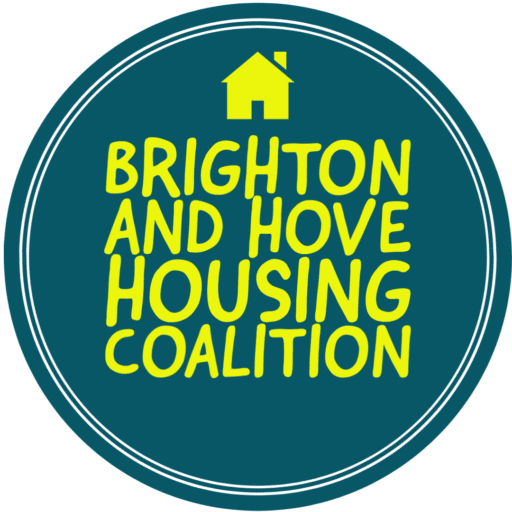In the bustling local authority districts of Brighton and Hove, housing remains a pivotal concern, particularly within the social housing sector. The recent data from the 2021 Census unveils a tapestry of occupancy ratings across different housing tenures and household compositions. A deep dive into this data reveals the intricacies of over-occupancy and under-occupancy within social housing, shedding light on the ripple effects these conditions have on the council housing waiting list and strained council budgets.
The data unveils a total of 5,295 under-occupied social rented households in Brighton and Hove.
Brighton & Hove Housing Coalition Tweet
A Snapshot of Social Rented Housing in Brighton and Hove
|
Overcrowded by One Bedroom +
|
In Suitable Housing
|
Under-Occupying By One Bed +
|
Under-Occupying By Two Beds +
|
|---|---|---|---|
|
1,700 Social Rented Housing Households with less bedrooms than needed
|
11,050 Social Housing Households With Ideal Occupancy
|
4,020 have one extra bedroom or more
|
1,275 have two or more extra bedrooms
|
We know about 66% of the Social Rented Housing in Brighton and Hove is Council Owned, the rest would be Housing Associations etc.
The Implications of Overcrowding
The implications of so many social rented housing households suffering overcrowding cannot be understated. Reports of families with children huddled & sleeping in family living rooms are common; Girls and Boys sharing rooms, children crammed into tiny bedrooms, so many living in flats with no outdoor spaces, they often report limited space for study, play and difficulty to get peace and quiet, particularly older children with younger siblings.
The Implications of Under Occupying Social Housing
Now, we’ll calculate the percentage of under-occupied households: Total Number Reported were: 18,045 of which 5,295 reported under occupying which is 29%.
The data also shows the majority of these under-occupied households were couples with no dependant children.
The Implications are far and wide, children being denied the right to a suitable family home and life, some of these are households live in substandard Temporary Accommodation facing years and years of waits and multiple evictions as the council is at the mercy of the private sector currently. These households will likely be living in poverty and a high rent trap.
1,275 Social Rented Housing Households reported having Two or More Bedrooms Vacant.
A Wake-Up Call
A wake-up call indeed. For a service which is voted so poor by service users, the social housing allocations system locally is broken, too many of those needing extra bedrooms face a fortnightly bidding war for social rent homes, forget the 25 plus applying for private sector rents, competition and fairness in the Council Housing Allocations system can have hundreds of bidders per property. Particularly 2 & 3 Bedroom Homes.
There are just over 2,000 households living in Temporary Accommodation in Brighton and Hove. Lets unpack the potential for systematic reform locally. Using this data to reform, reclaim the service & assets, bringing them fully in-house publicly owned and managed.
We know the council fund via the general fund some £40,000,000 Annually for homelessness services. This is a massive pressure, particularly whereby our social society and communities seem to be breaking down. We know Homelessness is bad for your health, it makes sense to our wider community to tackle the issues with long term plans.
Reforms to turn things around:
Financial
Being a landlord & asset owner would bring in rent revenues which currently go to third parties such as Moretons Investments, Baron Homes & other private / charity landlords.
Reducing 2,000 Households to Social Rents. The In-house model would generate new annual rental incomes in excess of £12,000,000 plus per year.
Over ten years the currently £400,000,000.00 plus inflation, spend on Homelessness could be saved and spent / invested elsewhere to make a social impact.
Taking a lot of households out of poverty and destitution.
Housing Needs
Build New Purpose Built Homes to replace out Emergency Accommodation.
Build New Purpose Built Transfer / Downsize Only Accommodations.
Build More Co-Living & Senior Housing Schemes,Specific Programmes for communities.
Better Incentives No one should pay a higher rent to downsize a home.
Workshops with tenants under occupying family homes, to tailor the new homes they want.
A Fair Allocations Policy, to many disabled people affected by a system which essentially discriminates against people with mobility / disabilities, who wait longer due to supply of suitable homes.

